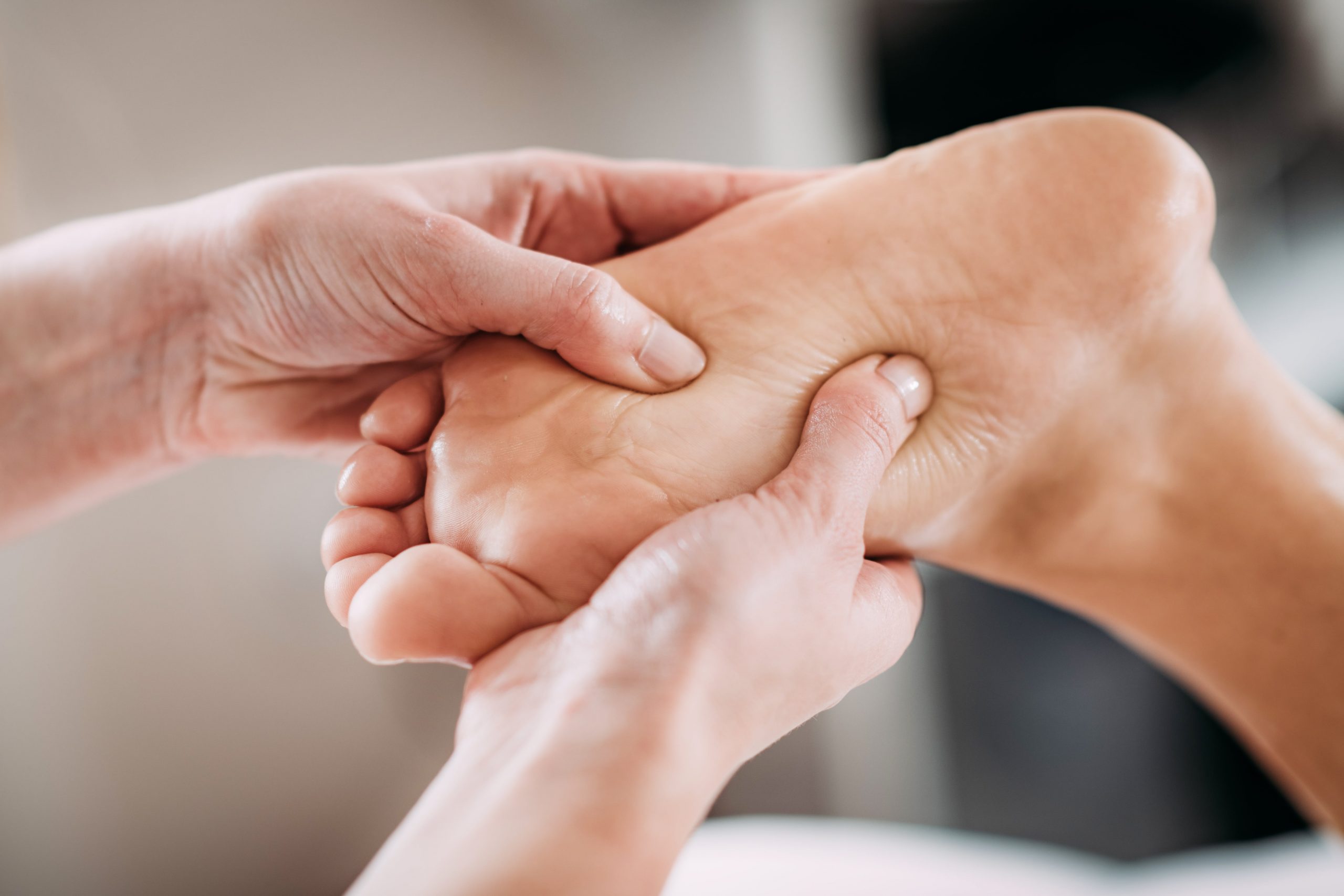Athlete’s foot is a fungal infection of the feet that often causes itching, burning, and a cracked, scaly rash between the toes. In most cases, it is treated with antifungal creams and medicines available over the counter or by a doctor. But if symptoms do not go away, or if they have been going on for longer than 2 weeks, it’s time to see your doctor or a podiatrist (foot doctor).
Treatment of Athlete’s Foot
Fungi that live on the skin and hair called dermatophytes can cause athlete’s foot when conditions are ideal for their growth. These fungi usually are not very harmful, but when the environment is warm and moist, they can grow out of control.
They spread to other parts of the body, including the nails and hands. This can be especially problematic if you’re involved in sports or activities that involve a lot of contact with other people. If you have athlete’s foot, you should be careful not to share towels or shoes and to change socks and underwear frequently so that each pair is completely dry before the next one is worn.
To prevent athlete’s foot, avoid showers, locker rooms, saunas, and other places that are prone to moisture or sweat. Also, keep feet clean by washing them with soap and water twice a day. Wearing socks made of cotton or synthetic materials that absorb sweat is also helpful, as are shoes that don’t have a lot of room for the feet to breathe.
How to Treat Athlete’s Foot
You can get rid of athlete’s foot with over-the-counter antifungal medications that are available in the form of powders, lotions, or sprays. These products work by killing the fungus and stopping it from spreading. Most of these treatments are effective after they’ve been applied for two to three weeks.
However, if you have a serious case or if you are not able to use over-the-counter remedies, your doctor may recommend stronger prescription drugs, which kill the fungus and prevent it from spreading. These medicines include terbinafine and clotrimazole, which are both oral pills.
Other treatments that your doctor can prescribe are topical creams, sprays, ointments, or powders. These products are equally effective if you follow directions carefully.
Soaking your feet in a solution of baking soda mixed with hot water can help to reduce itching and inflammation, but be sure to dry the area well afterwards. You can also mix a teaspoon of tea tree oil with a cup of warm water and soak your feet in this mixture for 15 to 20 minutes twice a day.
Some doctors prescribe a low-dose hydrocortisone medicine to help relieve itching and discomfort in some people with athlete’s foot. This medication can be bought OTC or online, but it’s best to check with your doctor before using it.
Another home remedy is to use a solution of 1% potassium permanganate in warm water. This chemical is a strong oxidizing agent and can also help to fight off the fungus that causes athlete’s foot.
